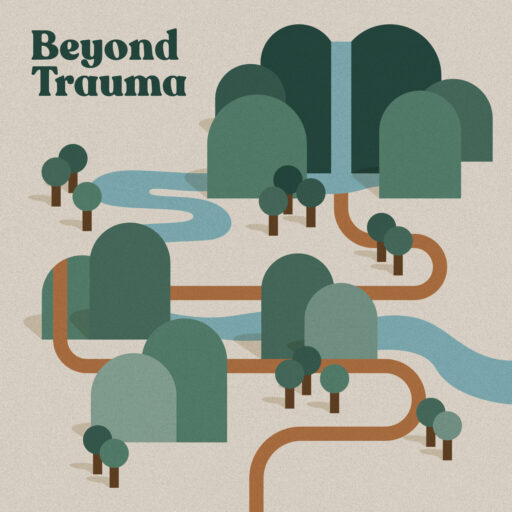Context, Choice, Connection – Ep. 30

Context
- Context involves processing the stimuli in our environment, making sense of it, and understanding the effects and implications it has on us.
- Its is necessary for our ability to feel safe in connection.
- This is because it helps us feel more confident that the unfolding of the present moment will ensure our safety, that of others, and that we stay connected.
- Additionally, it allows us to avoid threats and seek safety.
- When people struggle with having little context, there can be a sense of panic or aloofness
- We’re constantly searching our environment to understand the situation.
- This gives us information needed to be able to respond.
- Without context, we’re just going to react.
- It helps our body feel safe and lowers our natural threat response.
- From that place, we can make a choice that is not anxiety-driven
Examples
- Melissa’s explanation of lack of context as an abuse tactic (9:49)
- Melissa gives context to allow her daughter to choose clothes (11:05).
- Bridger’s explanation of using context as an invitation in therapy (12:22).
- The importance of learning to make decisions from a calm and safety-oriented place (16:28).
- Melissa’s example of her daughter’s first dentist appointment (21:59).
Summary of Context, Choice, and Connection
- First, when we have all the context we can have about what’s going on,
- Then, we can choose how we want it to go or what direction we want to go.
- Finally, from this place, we can be connected on the choice of the path we choose.
We Want to Hear From You!
- What do you want more of?
- When do you feel the most connected? Most intrigued and curious?
- Q & A?
“With awarness comes choice and context is one of the ways we can immediately offer an invitation into awareness of what is really going on” (13:54).
Mentioned Resources
Resource Links
- Visit our website for all things BHC
- Give your support and gain access to exclusive content through Patreon
- Contact us about retreats and therapy
- Contact us about training and consultation
Need More Content?
- First, listen to our past episodes of BT here
- Then, check out more Beyond Healing podcasts
- Evidence Based Therapist – Where we read so you don’t have to!
- Notice That – An EMDR podcast
- Burnt Out Educator (coming soon!)




No Comments